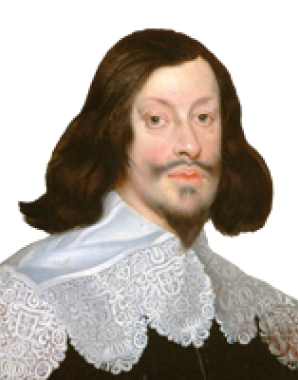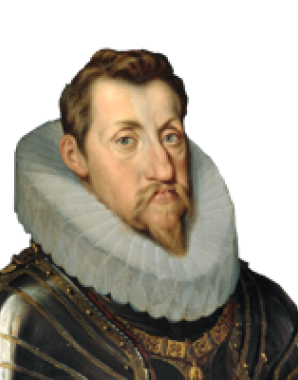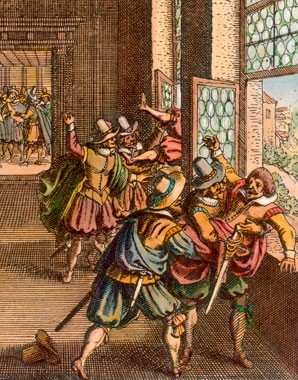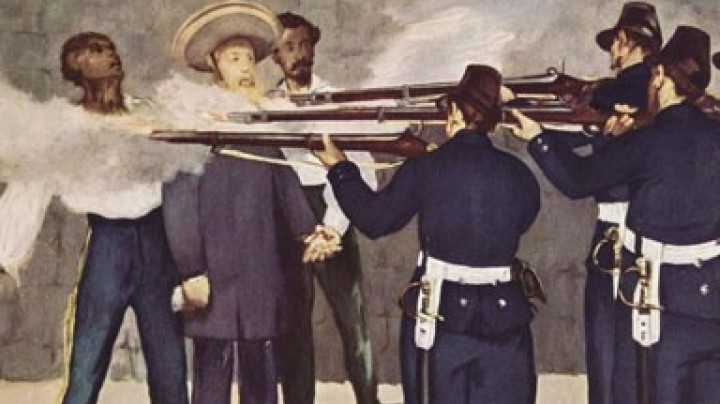‘Heja Sverige’: The Swedes are coming
A new enemy from northern Europe: King Gustavus Adolphus II of Sweden intervened in the great war – and pressed ever further south.
From the chronicle of the Thirty Years’ War by the Aulic Councillor Count Volkmar Happes, concerning the year 1631In this year the war has taken a mightily horrifying course; first the imperial general Tilly stormed the good and ancient city of Magdeburg after a long siege and then put it almost entirely to the fire, bringing about the deaths of many thousand men, women and children.
By 1630 the Bohemian uprising had developed into a conflict extending over large parts of Europe. Following the defeat of Denmark, another ruler from the north saw his chance: Emperor Ferdinand’s principal adversary was now the Protestant king of Sweden Gustavus Adolphus, who mobilized his army against the Catholic coalition to liberate the Protestants of the Holy Roman Empire – with the additional goal of securing Sweden’s hold on the coveted ‘dominium maris Baltici’ or supremacy over the Baltic sea. He received generous financial support from France.
In 1630 Gustavus Adolphus landed with his army in Western Pomerania. While Vienna was still mocking him as the ‘Snow King’, because it was predicted that he would melt as he moved south, the Catholic League under Tilly failed to hold up his advance. Neither did the Catholics troops change the situation in 1631 through their conquest of Magdeburg, which led to a conflagration in which 20,000 souls perished – the majority of the population. The complete devastation of the city became an enduring symbol of violence and wanton destruction, entering German parlance with the expression ‘Magdeburgization’.
In alliance with Catholic France, the Swedish king pressed on into southern Germany. Tilly suffered a number of crushing defeats and died after the Battle of Rain am Lech in Bavaria. Southern Germany now lay at the feet of the Swedish troops. At this moment of crisis, Wallenstein was once again made supreme commander, this time over all the Catholic troops. As such he was able to improve the situation for the Emperor: although the Swedes won the bloody Battle of Lützen on 16 November 1632, Gustavus Adolphus himself was mortally wounded, bringing about a turn in Ferdinand’s fortunes.
The Battle of Nördlingen in 1634 was a victory for the imperial cause, but only on account of Spanish assistance, with the Cardinal-Infante Don Fernando coming to the help of his Austrian cousin the future Emperor Ferdinand III. The Swedes were thus driven out of southern Germany. In the Peace of Prague between Ferdinand II and the imperial Protestant Estates, the Edict of Restitution was revoked and the parties resolved to make common cause against the enemies of the Empire. The war was now definitively no longer a war of religion but a war against the Franco-Swedish coalition – and one that was to continue its long and cruel course for another ten years and more.





















